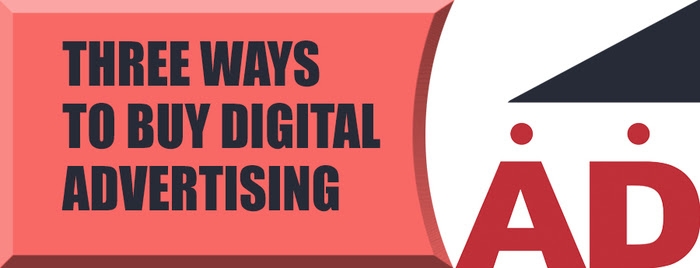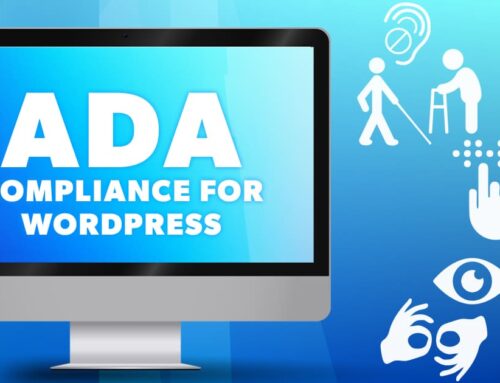Three Ways to Buy Digital Advertising

There are three common ways you can buy digital advertising and each offers unique pros and cons.
First, directly from a publisher of the content. This is often how small businesses first engage in online marketing, perhaps buying ad space, sold in impressions known as Cost-Per-Thousand (CPM), from a local television station or newspaper. This puts your ad into their website alone and will be seen by people who come to their website seeking other information. These are typically high CPMs, from $20 to $80 per thousand viewers, usually broad non-targeted prospects for a business.
Second, through an Ad Network, such as Google. If you’ve tried the do-it-yourself Google ad platforms for search or display advertising, this is how you’ve bought digital ads. This is also how most online ad agencies buy digital advertising, using the available research from that network to target likely prospects, directed into some of the approximately 22% of online ad units that participate with that ad network. That ad network has a very high markup (Google, a publically traded company, is estimated to have a 50-100% markup passed through to the business.) Recently, Google has also broadened your ability to target the interests of prospects, making it easier for do-it-yourselfers to put ads on their network, but generating increasingly lower quality leads to your website.
Third, through a Demand Side Platform, which acts as a stock market to place real-time bids each time a qualified user meets the business’ criteria to receive an ad. Through a DSP, up to 97% of all online inventory is available, so businesses or their digital ad agencies can choose the cream-of-the-crop placements. Much more robust research, much of it from third-party data providers, can be used. That means that a high-end women’s clothing store can specifically target ads for swimwear and tropical attire to women 35-64 with a household income of $150,000/year who are known to have taken several cruises. In comparison, placing via an Ad Network, you could target that ad into a website about travel and likely pay more for less qualified prospects to your website.
Demand Side Platforms take out the middle-man markup for the Ad Network but do allow your digital ad agency to build in its own fees. That should save you money, allowing more of your overall budget to go to advertising, directing ad impressions to more qualified prospects. As a rule of thumb, most CPMs would range from $0.50 to $8.00. If your CPMs are higher than that, investigate how your online marketing company is being paid to handle your campaign. If you don’t have a separate line item for their management and ad optimization, their service fee is being incorporated into your ad cost, so you aren’t seeing the real CPM cost or how much of the total actually went to ads.
And if you’re wondering, Ad House Advertising uses a Demand Side Platform to place our client’s display advertising. We’ve seen remarkable improvement with DSP for clients versus the Ad Networks we used before. And on our invoices, we clearly show the line-item for management and/or artwork, separated from the ad spend itself. We think that’s how it should be.



